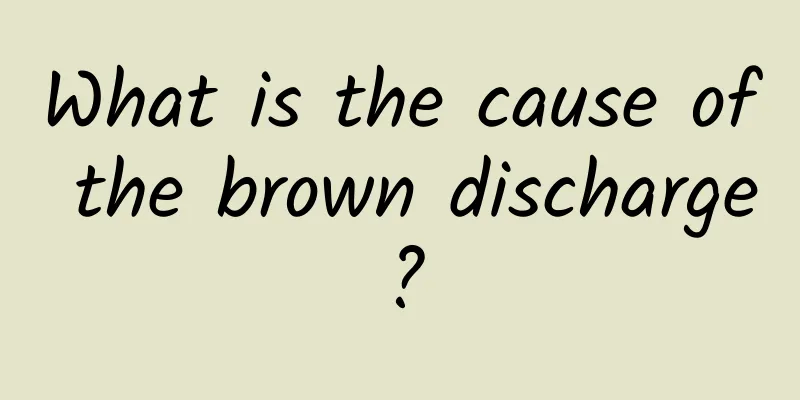Earlobe keloid

|
Scars appear on the earlobes. Generally speaking, they are keloids, which are a relatively common disease. They are mainly caused by skin damage due to poor skin healing. Abnormal scar tissue will form during the skin healing process, and finally form this keloid. This type of keloid is more difficult to treat. It can be treated by radiation, and emphasis should be placed on rational treatment during the treatment process. Treatment Keloids are very difficult to treat, and radiation therapy can shrink and soften them. The external application of Fujining patch is very suitable for small plaques of keloids. It can relieve itching and pain, and soften and shrink scars. It can also be treated with corticosteroid ointment or cream. Triamcinolone acetonide suspension is injected into the lesion, with the focus on the front end of the keloid to prevent it from extending outward. The injection can be made with pure triamcinolone acetonide suspension or diluted with lidocaine, and the injection is required to be within the scar tissue. Oral tranilast is effective in treating keloids. Qunilast, formerly known as cinnamic anthranilic acid, is an H1 histamine antagonist. During the treatment process, it was found that it has the effect of inhibiting fibroblasts. The dose needs to be increased to treat keloids, and it needs to be taken orally for more than half a year. After taking the medicine, it will first relieve itching and pain, and the scar will become thinner, with very few adverse reactions. Clinical manifestations Keloids can be roughly divided into two categories: primary and secondary. Primary keloids are mostly found on the chest or behind the shoulders. They start out as small red dots with itching, gradually growing from small to large and from soft to hard. They are red or dark red in color and may be cord-shaped, butterfly-shaped, round, or irregular in shape. Secondary keloids are also called hypertrophic keloids. It is divided into: acne keloid and scar cancer. It is mostly caused by burns, trauma, acne, infection and suppuration, or by surgery, laser, freezing, skin grafting, and hormone drug sealing, which will cause excessive proliferation of damaged tissue and destruction and degeneration of subcutaneous tissue, bulging skin, red or dark red color accompanied by itching or tingling, and some have obvious capillaries extending outward. Symptoms tend to worsen after drinking alcohol or eating spicy and other irritating foods. |
<<: Does an enlarged tongue cause tooth marks?
Recommend
What supplements should I take for bodybuilding and muscle building?
For many fitness enthusiasts, in addition to regu...
The dangers of holding a baby frequently
The birth of a baby is a very happy and important...
I keep wanting to go to the toilet but I only pee a little bit
Urinary tract infection, also known as urinary sy...
How to treat dark menstrual blood
There are many reasons why women have dark menstr...
How to prevent acne on face
Even after puberty, we will still have some acne ...
What kind of tea should I drink for breast hyperplasia
Many breast cancer patients are caused by not pay...
Can I kiss if I have mouth ulcers?
Oral ulcer is a relatively common disease and it ...
What are the acupoints at the base of the thigh?
The main acupoints at the root of the thigh inclu...
What are the dietary guidelines for hemodialysis patients?
People will encounter many diseases in their dail...
Can soaking in sea water cure skin diseases?
Seawater contains a large amount of salt, which h...
Can chicory be fried?
Chicory is cold in nature, slightly bitter in tas...
The efficacy, effects and contraindications of perilla seeds
Perilla seeds are not common in our daily life. P...
Is it effective to take cefuroxime when a child has a fever?
In daily life, fever and colds are a relatively c...
Symptoms of Sepsis
Sepsis is a very serious blood disease, which ref...
The pulse condition and main diseases of thin pulse
The pulse condition of a thin pulse will be diffe...









